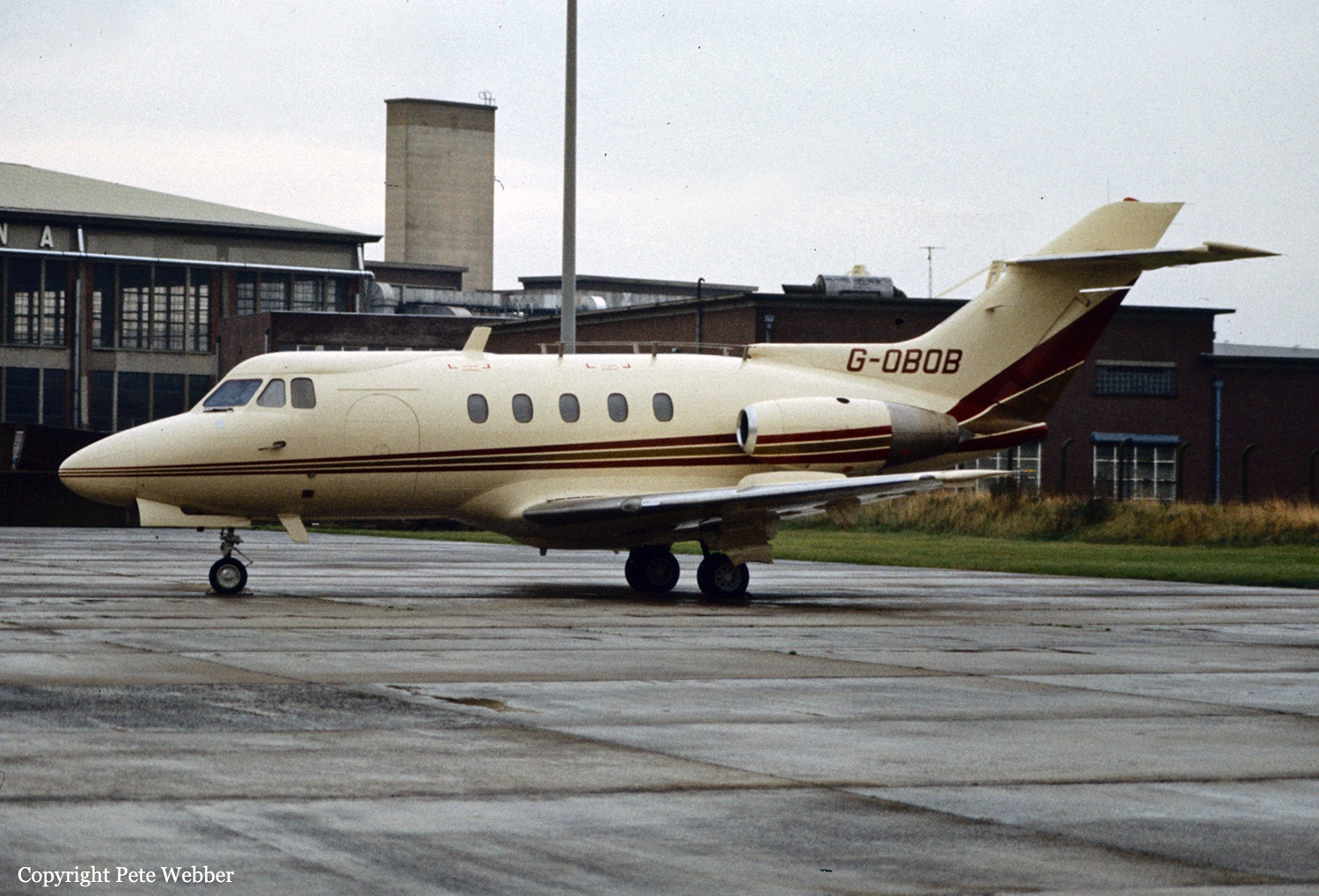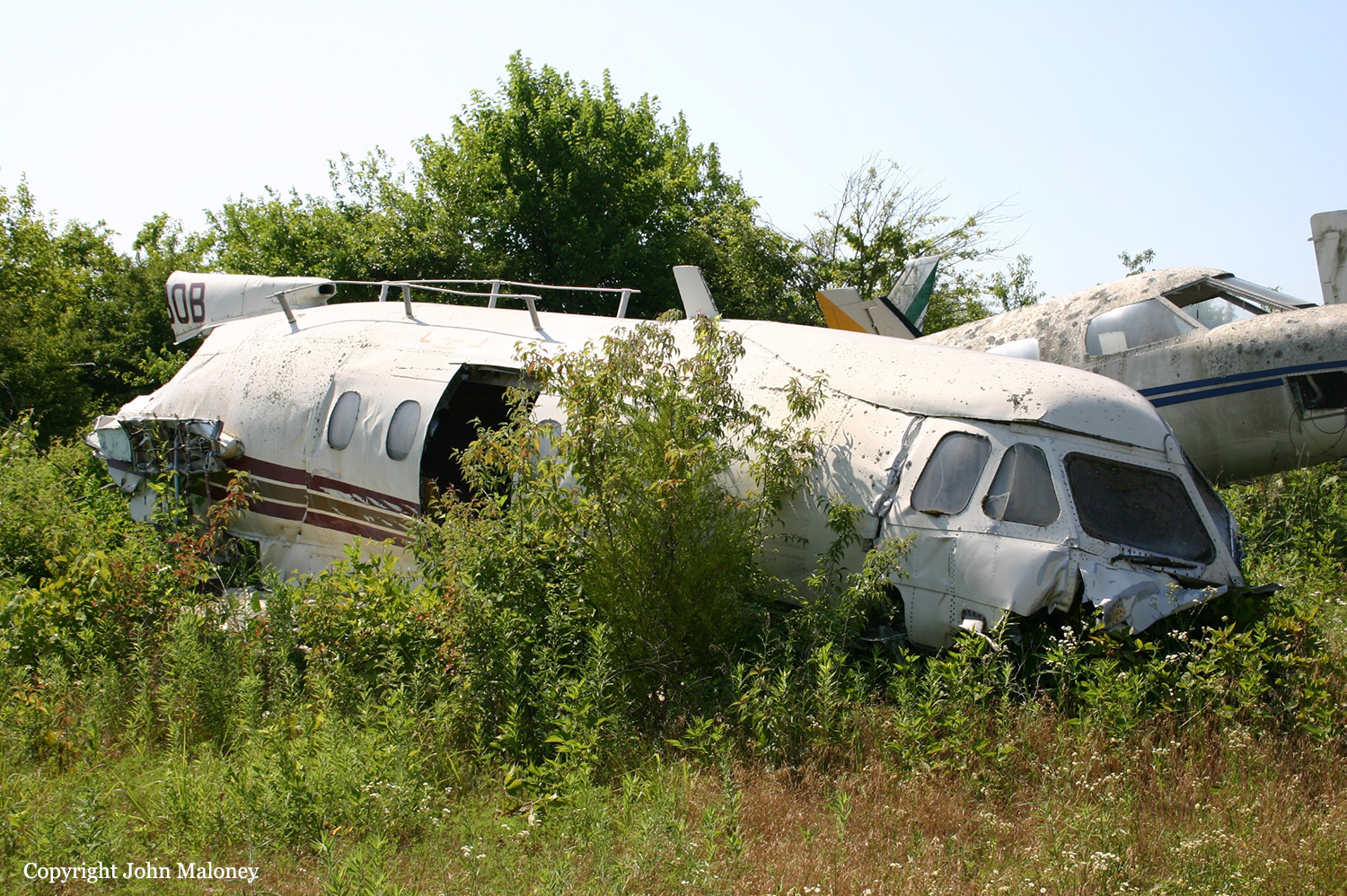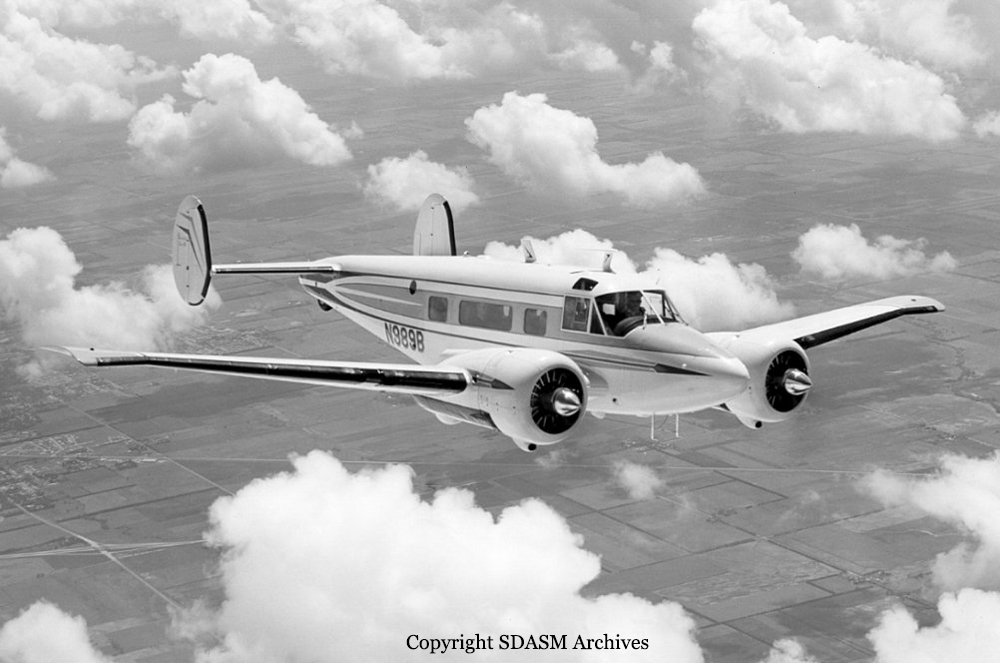Crash of a Piper PA-31-350 Navajo Chieftain near Springfield: 1 killed
Date & Time:
Apr 13, 1990 at 2044 LT
Registration:
N6KG
Survivors:
No
Schedule:
Springfield - Mount Vernon
MSN:
31-7952215
YOM:
1979
Crew on board:
1
Crew fatalities:
Pax on board:
0
Pax fatalities:
Other fatalities:
Total fatalities:
1
Aircraft flight hours:
2737
Circumstances:
The instrument-rated pilot departed Springfield, MO, at night on a VFR flight to Mt Vernon, MO. After taking off from runway 20, a right turn was made for a climb to 3,000 feet. Shortly thereafter, tower personnel lost radar contact with the aircraft and notified the FAA regional operation center. The aircraft crashed about 7 miles southwest of the airport. A witness reported seeing an aircraft descend out of low clouds in the area, but did not see the actual crash. An investigation revealed the aircraft crashed on an easterly heading, while at a high rate of speed. Impact occurred in a left wing down, nose low attitude. No preimpact part failure or malfunction of the aircraft was found. Also, no record of a preflight weather briefing was found. The pilot, sole on board, was killed.
Probable cause:
Inadvertent flight by the pilot into instrument meteorological conditions (IMC), and his spatial disorientation, which resulted in loss of aircraft control. Factors related to the accident were: the pilot's inadequate weather evaluation, darkness, low ceiling, and fog.
Final Report:









